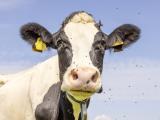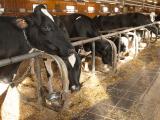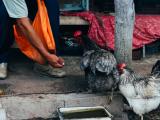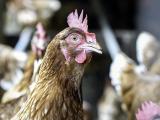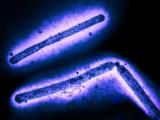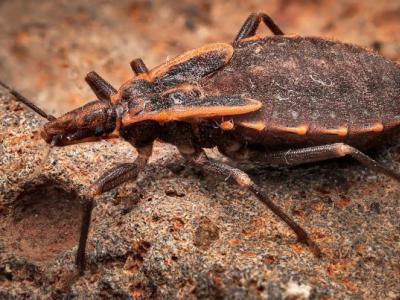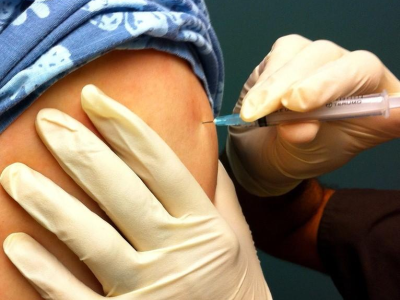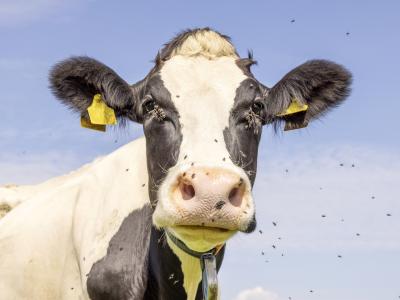Dec 30. 2008 (CIDRAP News) – Health officials in Hong Kong today said a 2-month-old girl who lives in mainland China has been hospitalized at a Hong Kong hospital for an H9N2 avian influenza infection, which typically causes mild illness but is considered one of the viruses that could evolve into a pandemic strain.
Thomas Tsang, controller for Hong Kong's Centre for Health Protection, told reporters today that the girl was in stable condition and is in isolation, according to reports from Reuters and the Associated Press (AP).
The baby and her family live in Shenzhen, in southern China, but she was hospitalized in Hong Kong after she got sick, the AP report said. An Agence France-Presse report today said the girl's case was diagnosed after she fell ill with vomiting, a cough, and a runny nose.
"We have had four (H9N2) cases in the past 10 years and they all had mild respiratory symptoms and they all recovered," Tsang said at the press conference, according to Deutsche Presse-Agentur. He added that the virus is common among chickens and geese in southern China.
Tsang said health officials in China's Guangdong province are investigating how the girl contracted the virus, the AP reported.
Hong Kong's last H9N2 case was reported in March 2007, when the virus struck a 9-month-old girl. The same subtype sickened two girls in 1999 and a 5-year-old boy in 2003, according to previous reports.
Though the H9N2 strain of avian flu is distinct from the deadly H5N1 subtype, global health experts regard it as one of the other avian influenza viruses that could evolve into a pandemic strain.
Researchers have reported that the virus can spread to pigs, in which it could potentially reassort with other influenza viruses that are more likely to infect humans. Serologic studies have suggested that there may be more human H9N2 infections than have been detected and reported.
In August, investigators published a study in PLoS One (Public Library of Science One) that explored how H9N2 viruses replicate and transmit in ferrets, which have sialic acid receptors in their respiratory tracts resembling those in humans. They found that wild-type H9N2 viruses can infect ferrets and can spread to other ferrets through direct contact, though aerosol transmission did not seem to occur.
The research group also identified genetic characteristics that could enhance H9N2 replication and direct-contact transmission. They also found that a reassortant virus that combined genes from H9N2 and human H3N2 strains replicated in both the upper and lower respiratory tracts and caused more serious lung damage than the wild-type H9N2 virus did.
Given the concerns about H9N2's pandemic potential, the US government in 2004 contracted with Chiron Corp. (now part of Novartis) to produce 40,000 doses of a vaccine against the strain. In Sept 2006 researchers reported that a phase 1 clinical trial demonstrated that the experimental vaccine generated a good immune response.
See also:
Mar 20, 2007, CIDRAP News story "Baby in Hong Kong infected with H9N2 avian flu"
Aug 14 CIDRAP News story "Researchers probe pandemic potential of H9N2 virus"
